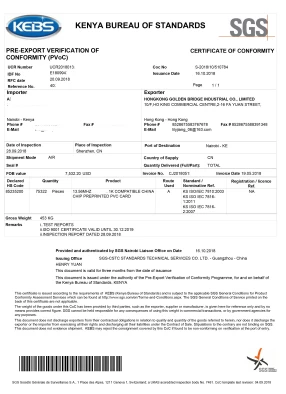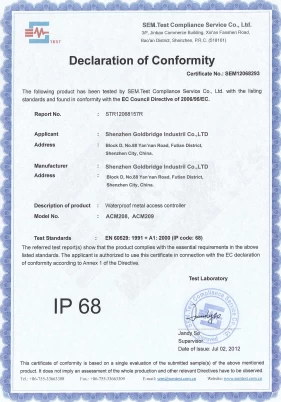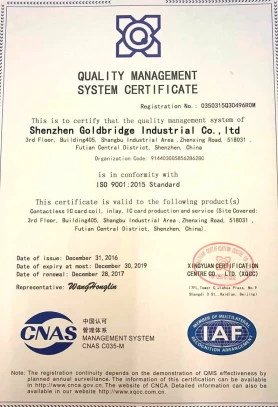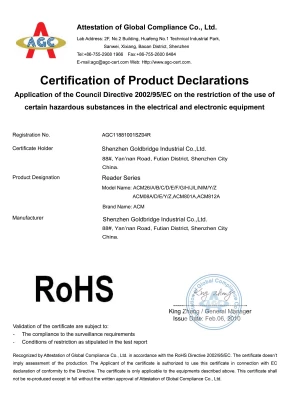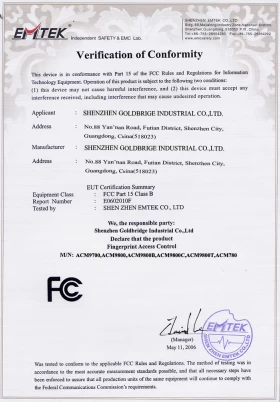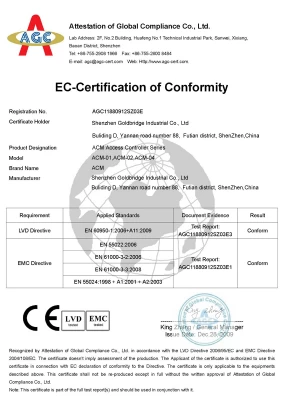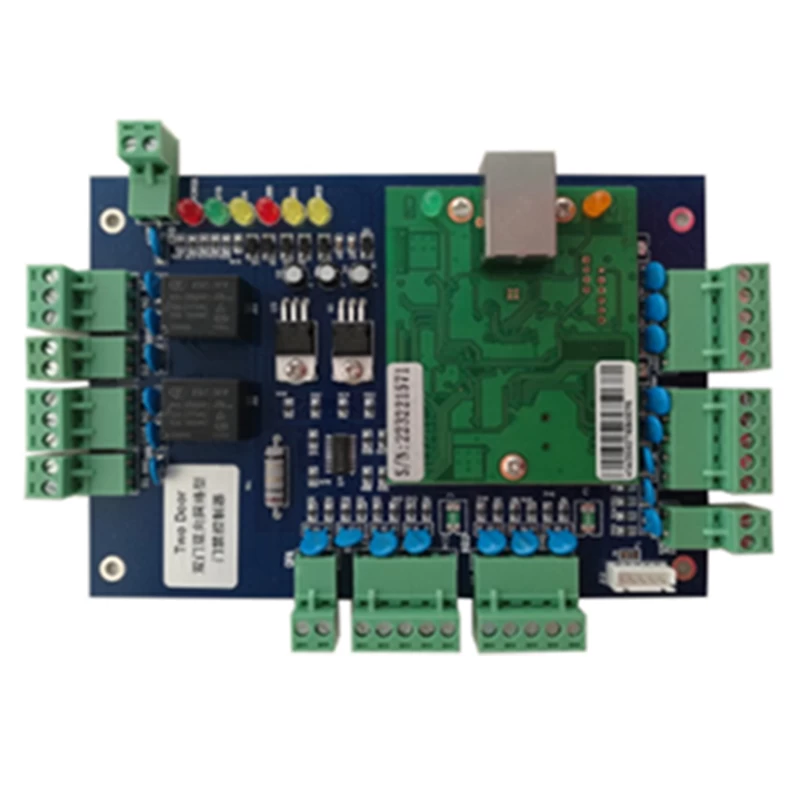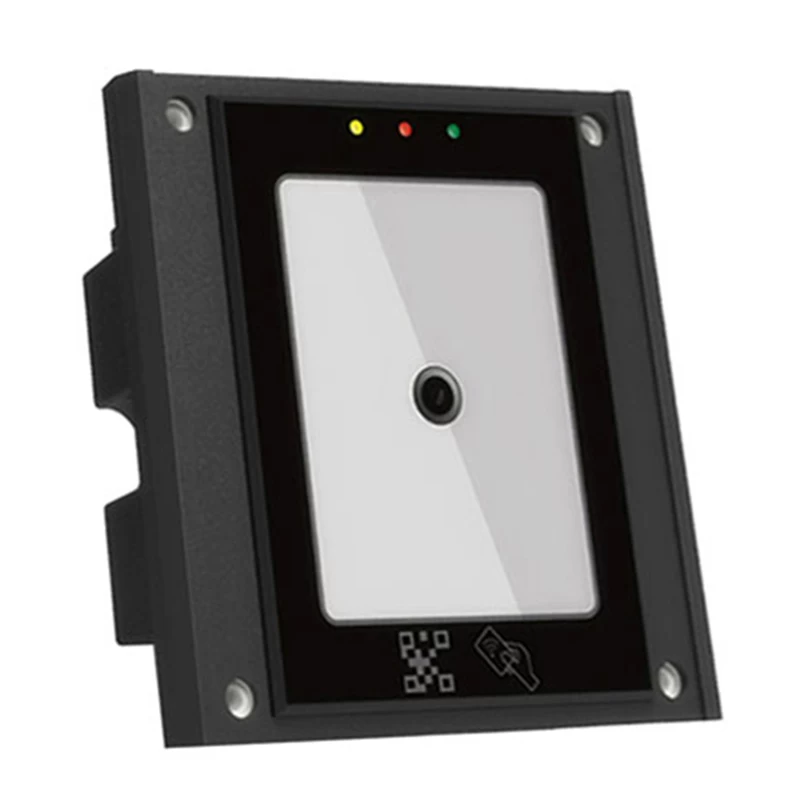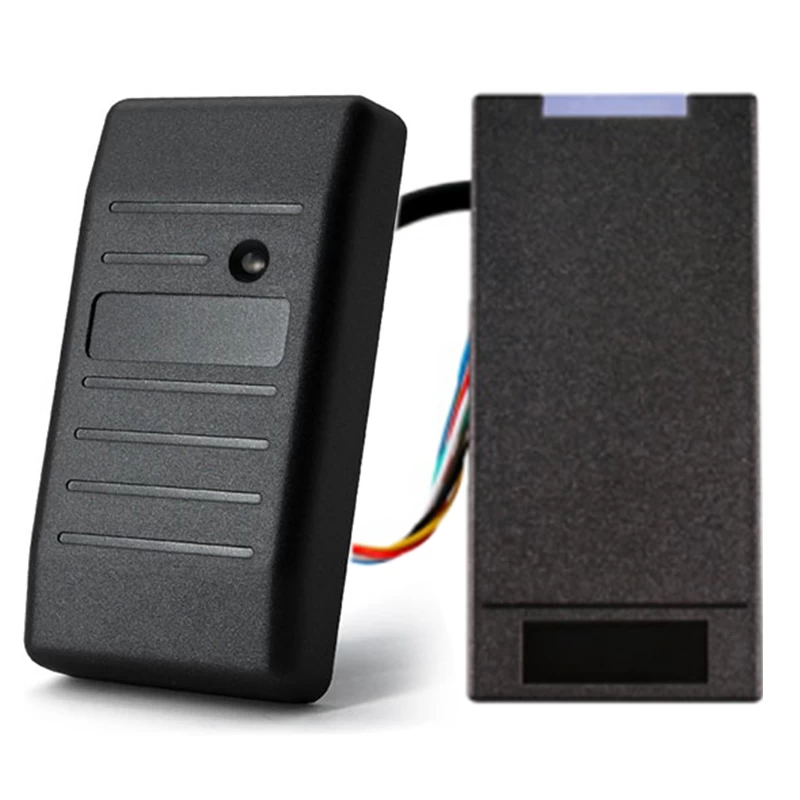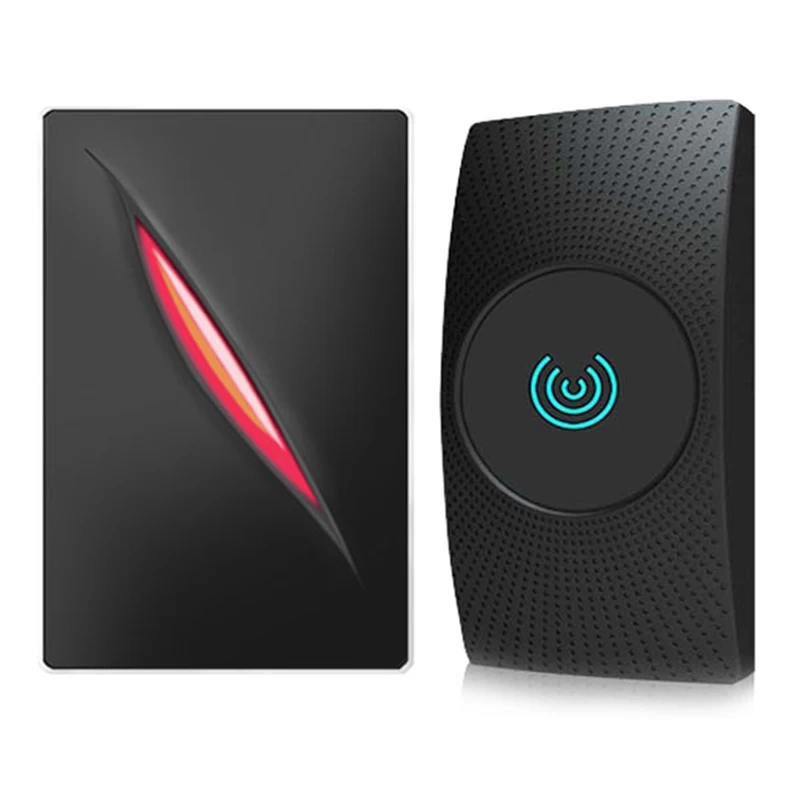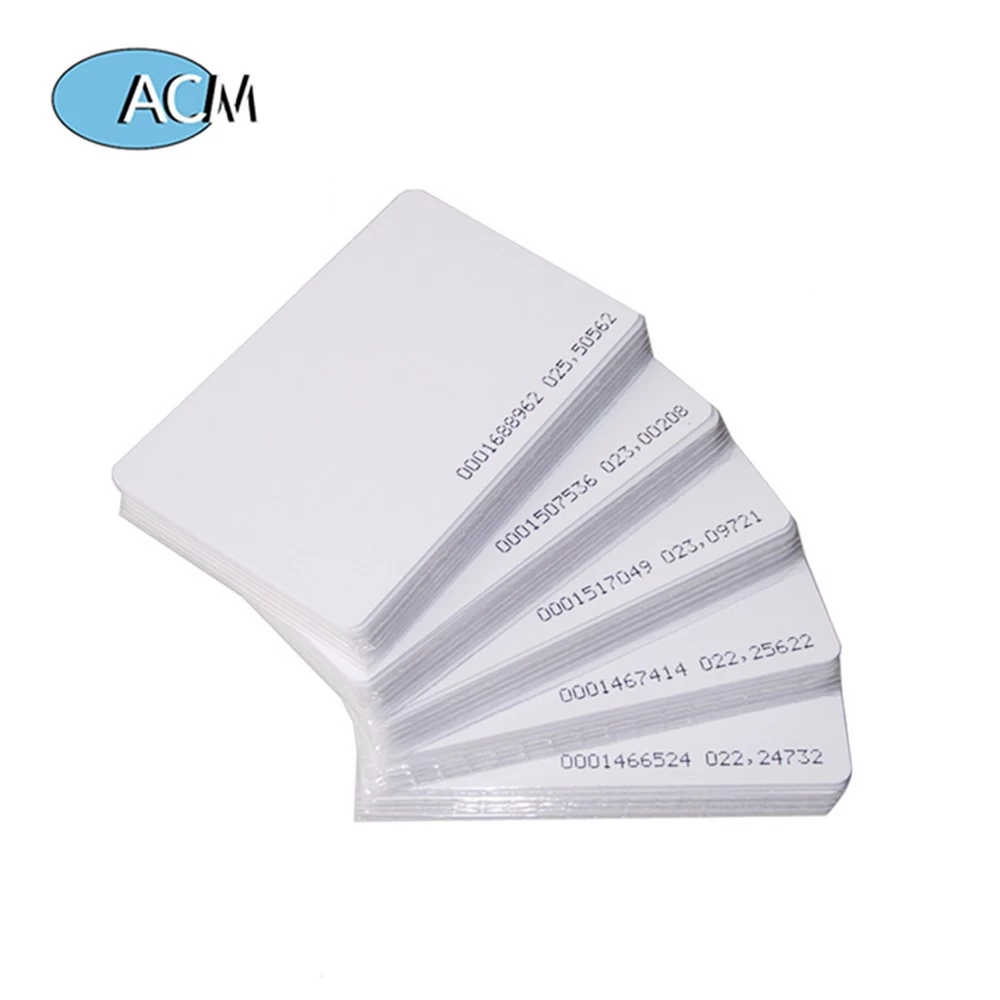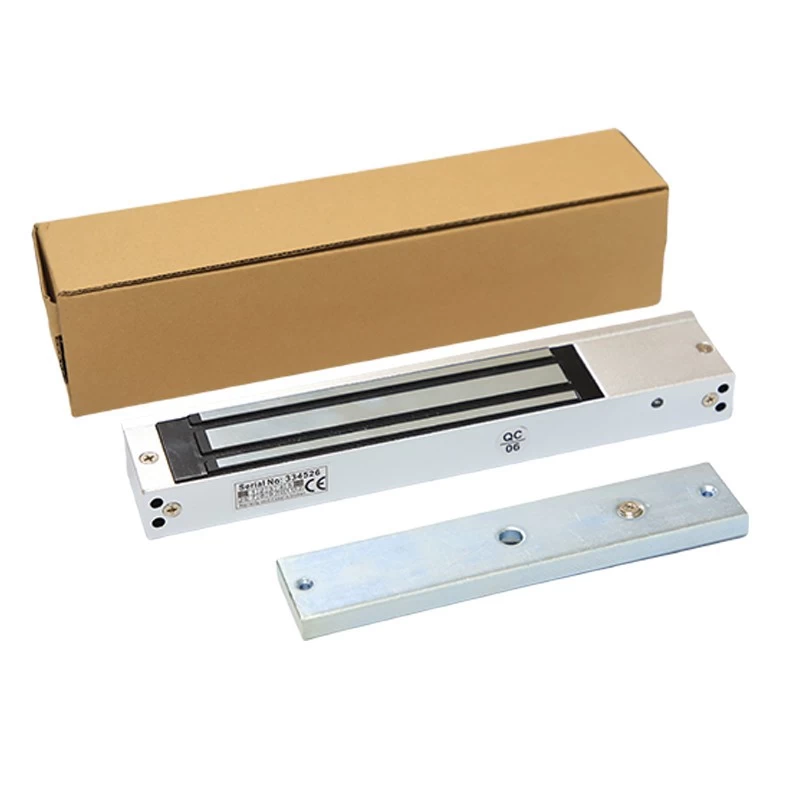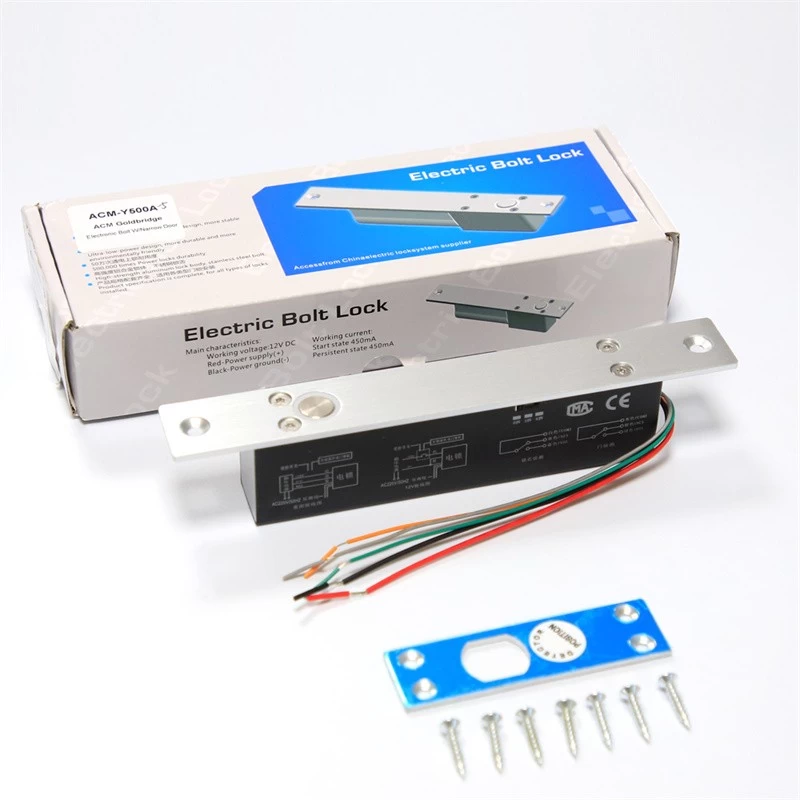What Are RFID Tags Made Of? A Deep Dive into Their Composition and Technology

Radio Frequency Identification (RFID) tags have become an essential part of modern tracking and identification systems, used in industries ranging from retail to logistics. But what exactly are these tiny yet powerful devices made of? Let’s explore the materials and components that make RFID tags function efficiently.
Core Components of RFID Tags
RFID tags consist of three primary elements:
-
Microchip (Integrated Circuit – IC)
-
The brain of the RFID tag, storing data such as identification numbers or product details.
-
Made of silicon, similar to other semiconductor chips.
-
-
Antenna
-
A conductive coil or pattern that transmits and receives radio signals.
-
Typically made from materials like copper, aluminum, or silver ink (for printed RFID tags).
-
-
Substrate (Base Material)
-
The layer that holds the chip and antenna together.
-
Common materials include plastic (PET, PVC), paper, or even flexible polyester for durability.
-
Types of RFID Tags Based on Materials
-
Passive RFID Tags:
-
No battery; powered by the reader’s electromagnetic field.
-
Often made with lightweight, cost-effective materials like plastic or paper.
-
-
Active & Semi-Passive RFID Tags:
-
Include a small battery to boost signal range.
-
Use more robust materials to encase the power source.
-
Specialized RFID Tags for Harsh Environments
For industrial or outdoor use, RFID tags may feature:
-
Epoxy resin coatings for water and chemical resistance.
-
Ceramic or metal housings for extreme temperatures and durability.
Sustainability & Future Innovations
As RFID technology evolves, manufacturers are experimenting with:
-
Biodegradable substrates to reduce electronic waste.
-
Printed electronics using conductive polymers for eco-friendly production.
Conclusion
Understanding what RFID tags are made of helps businesses choose the right type for their needs—whether for inventory tracking, access control, or smart packaging. With advancements in materials science, RFID tags are becoming more efficient, durable, and sustainable.
Stay tuned as RFID technology continues to evolve, shaping the future of automation and connectivity!


